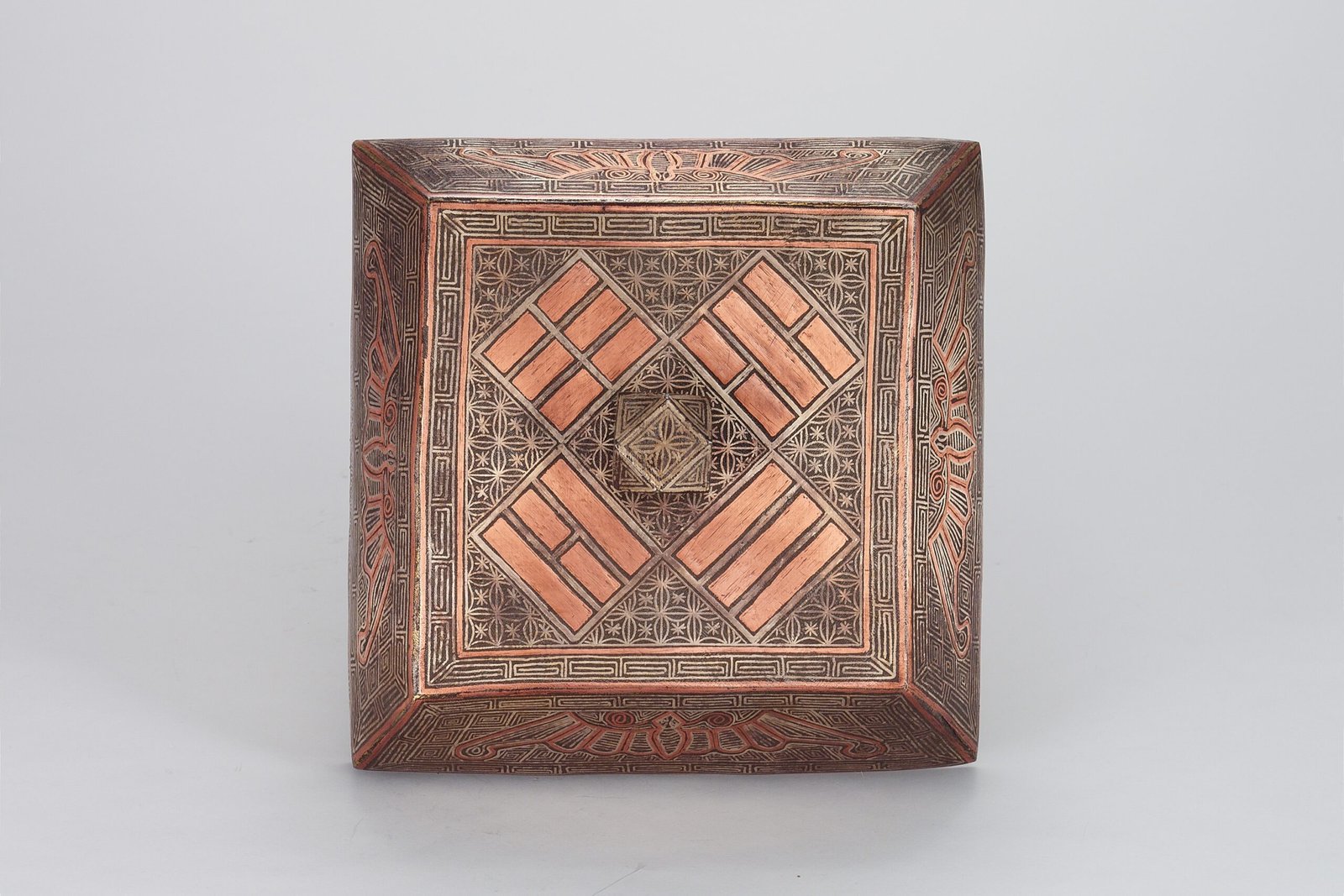We feel it’s necessary to set the record straight regarding the Korean staircase. Indeed, numerous posts in our group, as well as the frequent presentation of this type of furniture with their erroneous descriptions in auctions or galleries, have led us to resolve this matter once and for all. Here are just a few examples […]










